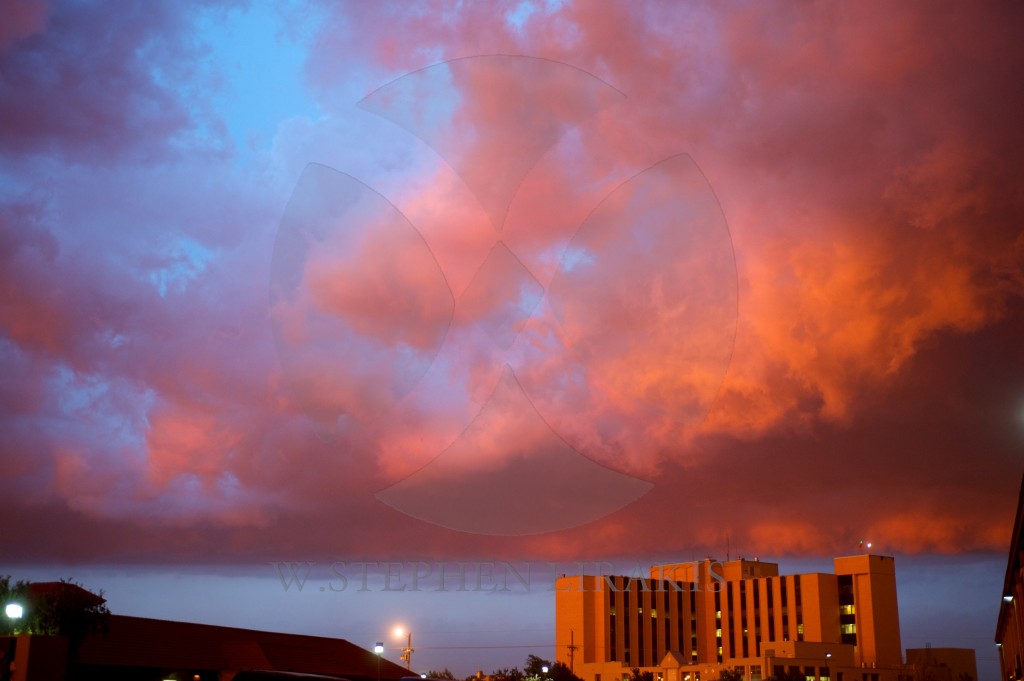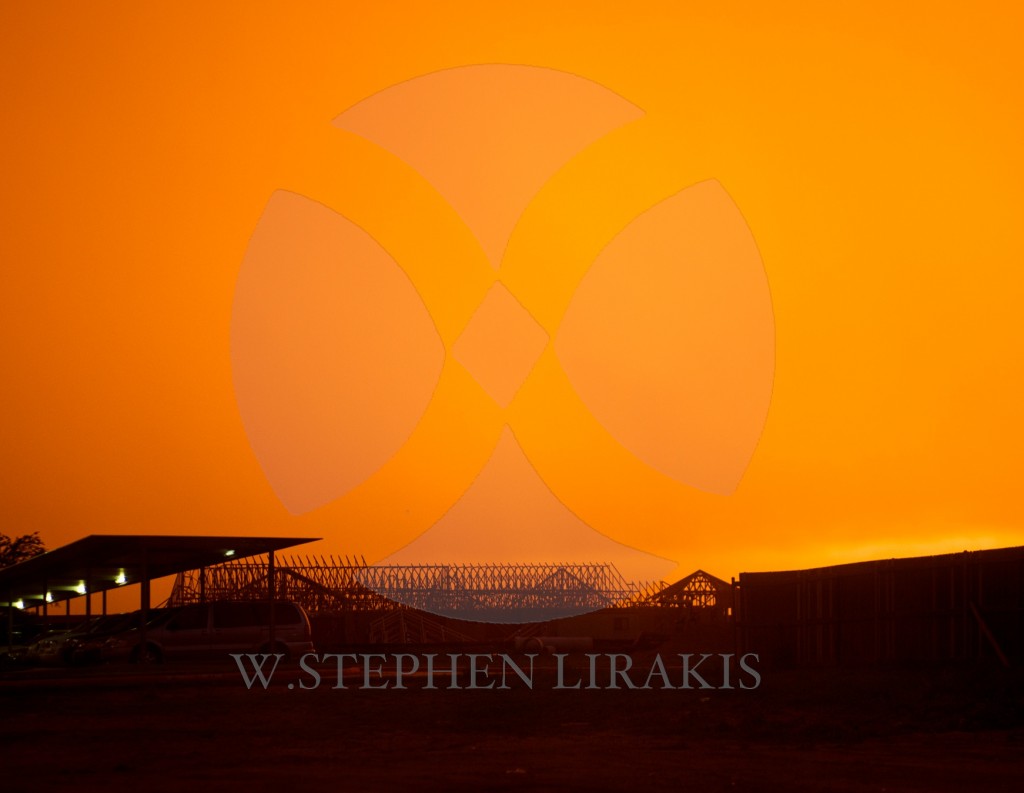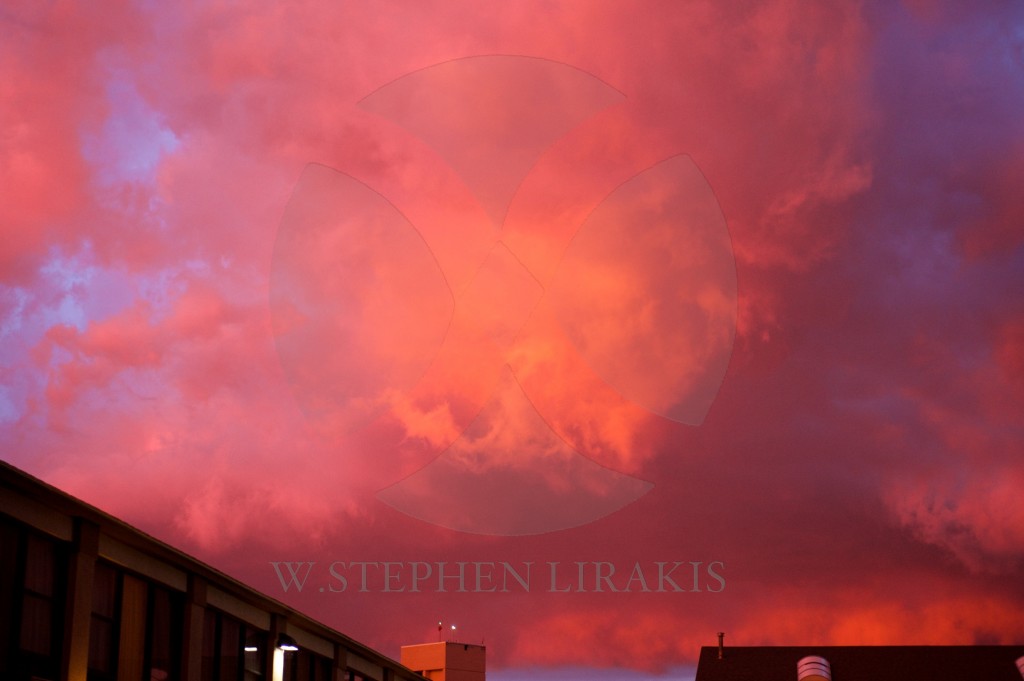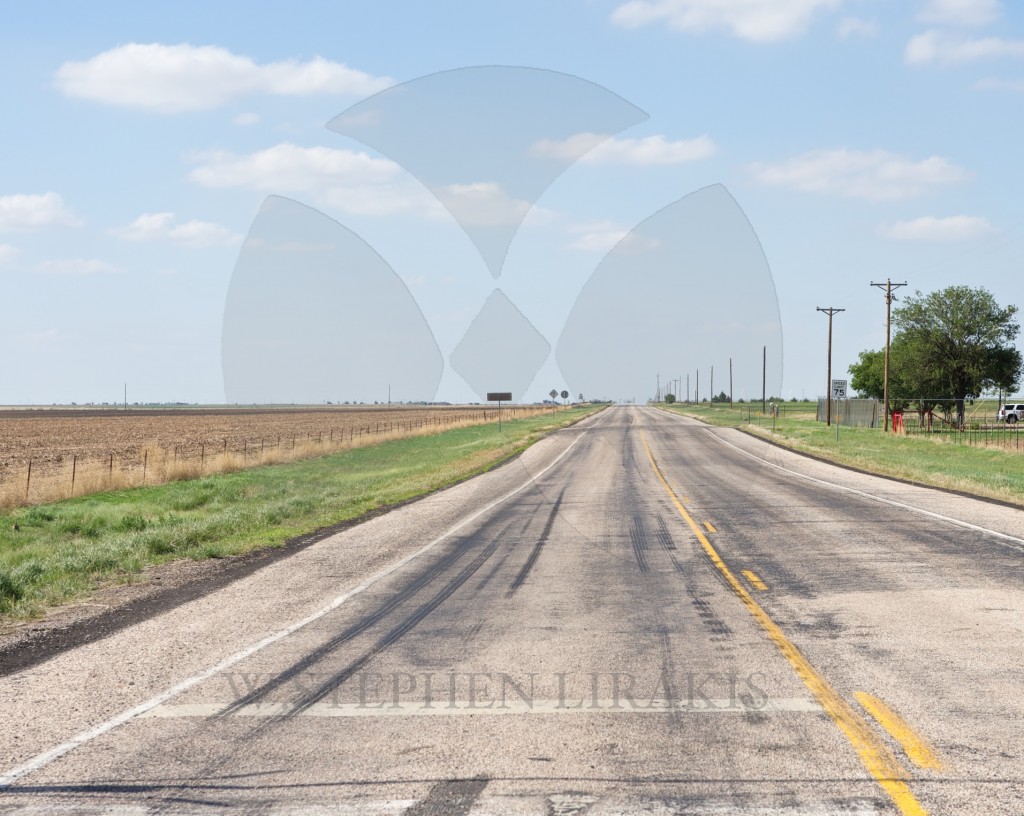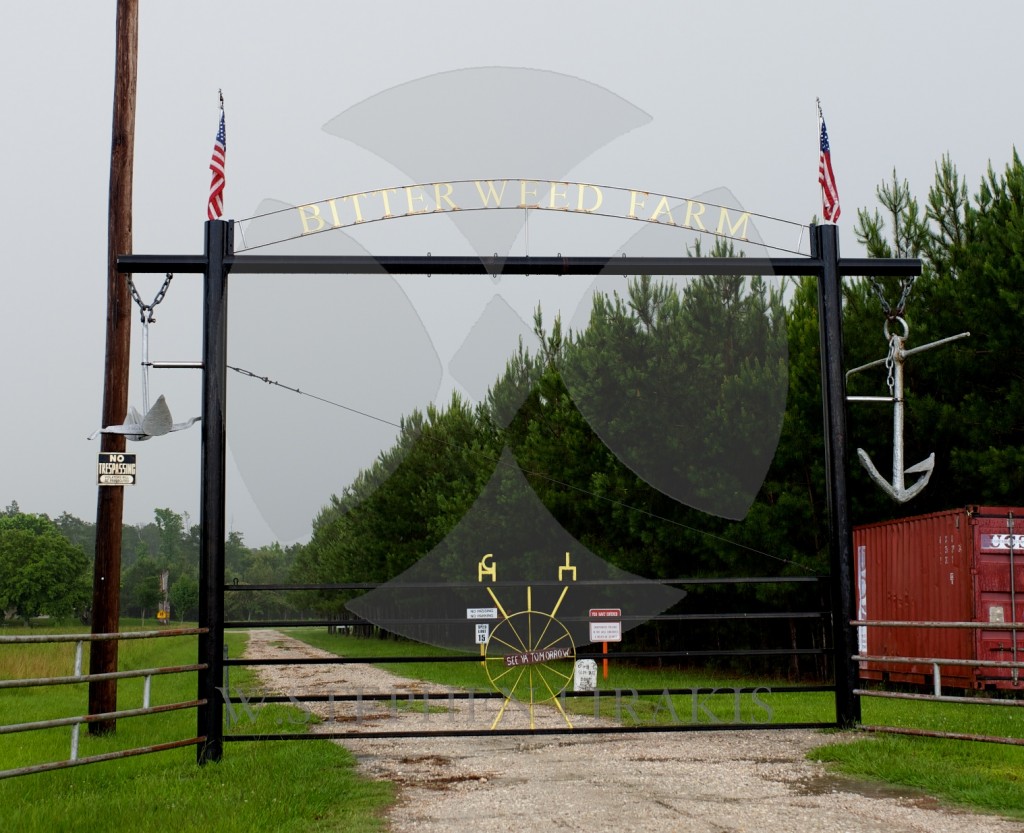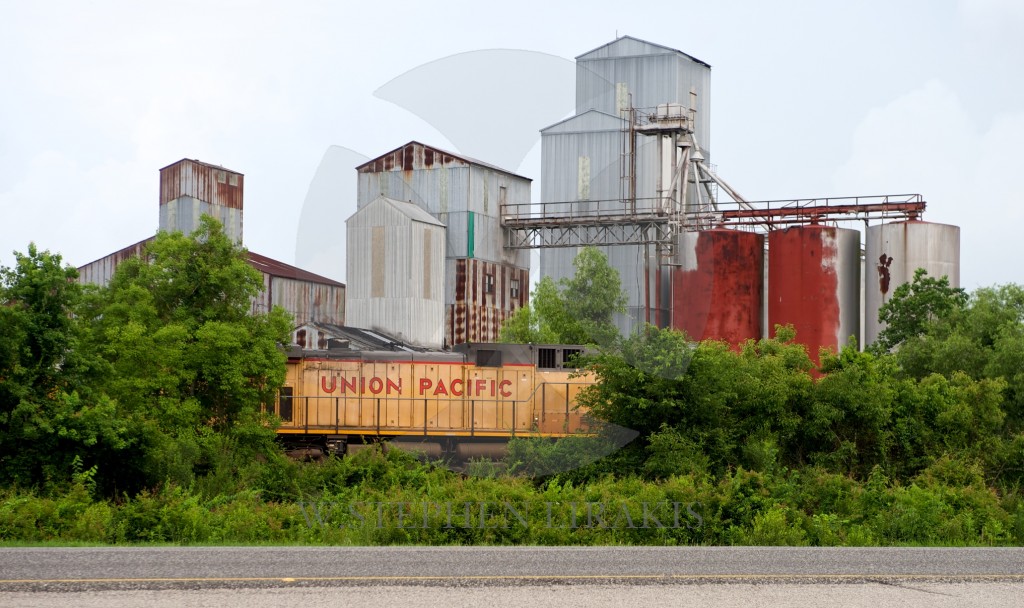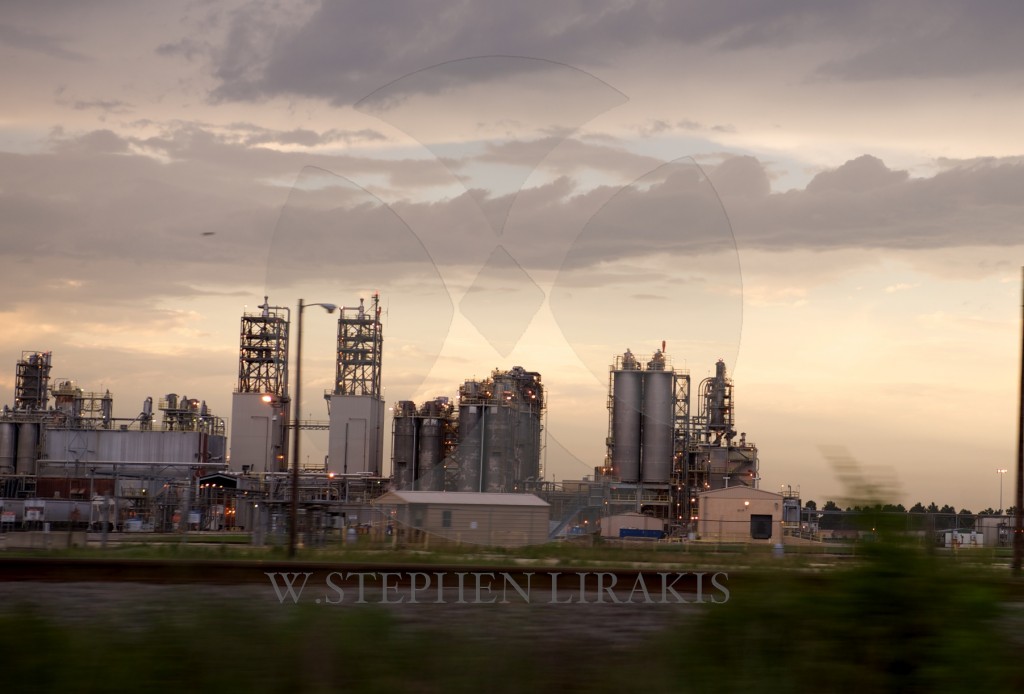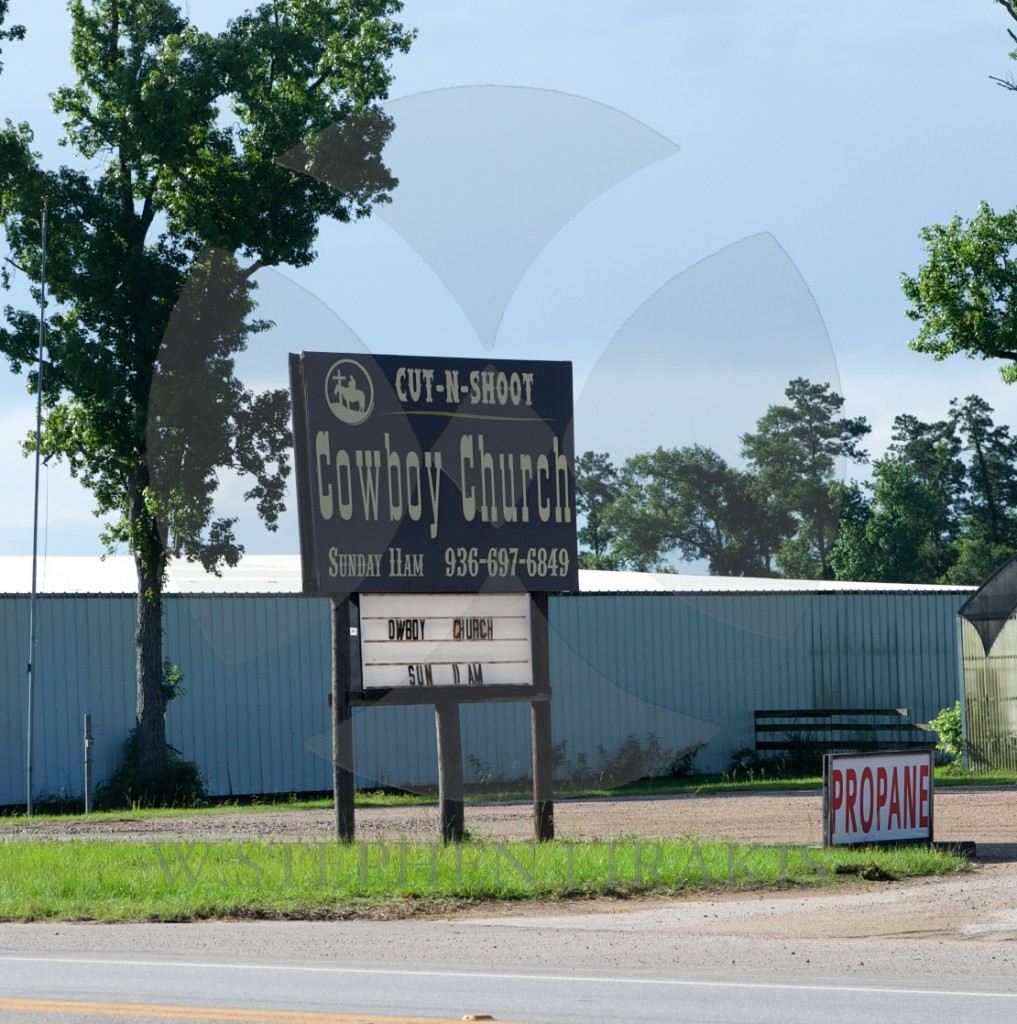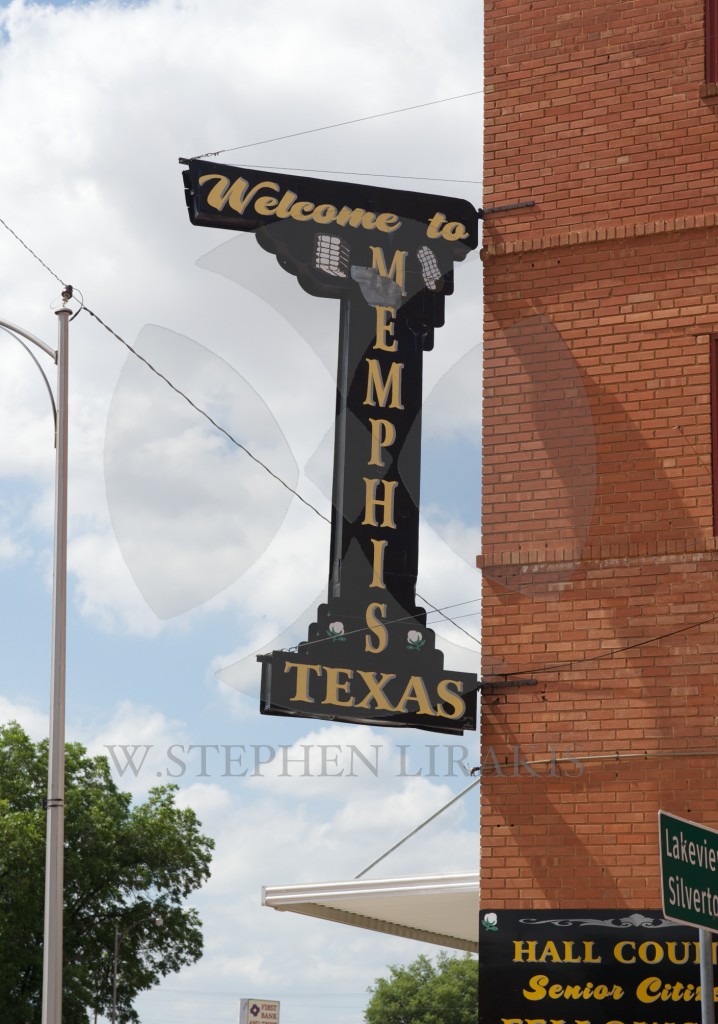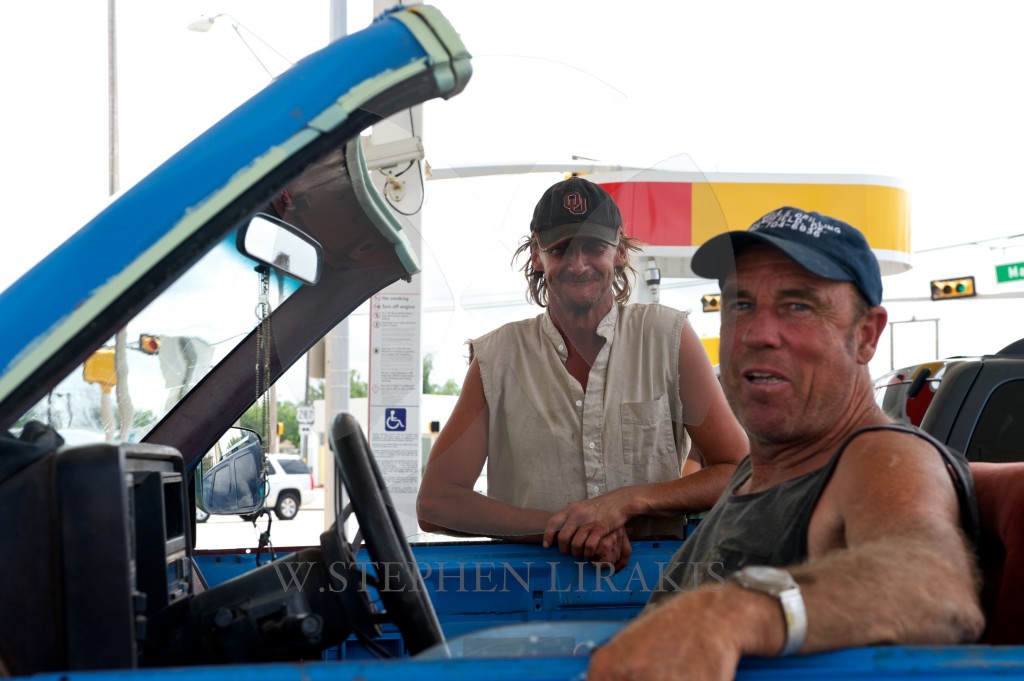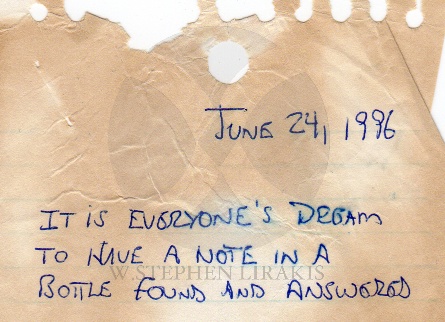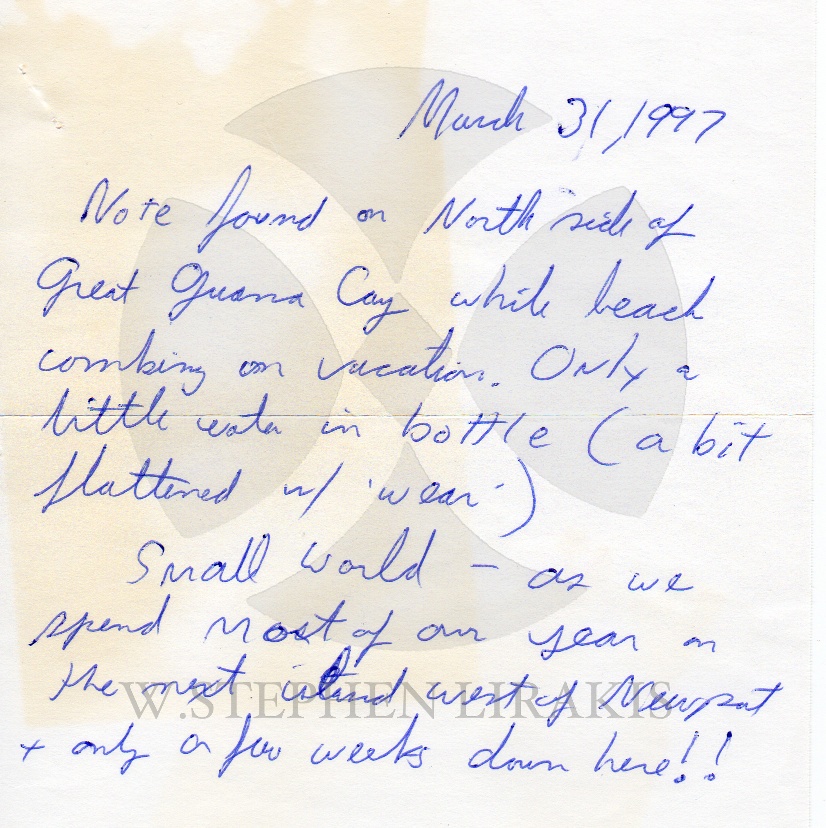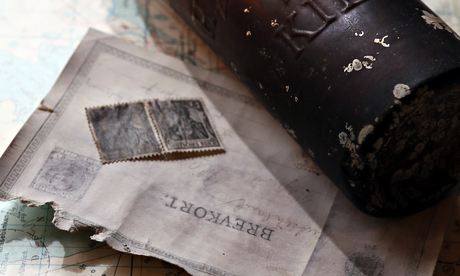This morning in Newport the sun was supposed to shine through a portal on the “Old Stone Mill” not to be seen again for 18.5 years.
Correction: Tonight will not be the longest night in the history of Earth. It was in 1912.

I got this wrong. The Earth’s rotation is gradually slowing on an extremely long timescale, but on a shorter year-to-year basis, geologic factors can alter the speed as well.
Data indicates that the rotation speed has actually sped up slightly over the past forty years, likely due to melting of ice at the poles and the resulting redistribution of the Earth’s mass. So, as far as we know, the longest night in Earth’s history likely occurred in 1912. I apologize for the error. Thanks to Steve Allen and Ryan Hardy for pointing it out.
Today, you might already know, is the winter solstice. That means for people living in the Northern Hemisphere, it’s the longest night of the year.
However, as science blogger Colin Schultz points out, tonight will also be the longest night ever.
At any location in the Northern Hemisphere, in other words, tonight’s period of darkness will be slightly longer than any other, ever — at least, since the planet started spinning right around the time it was first formed some 4.5 billion years ago.
Why this night will be the longest ever
The reason is that the rotation of the Earth is slowing over time. Every year, scientists estimate, the length of a day increases by about 15 to 25 millionths of a second.
It may be a truly tiny amount (and it means that even in your entire lifetime, the length of a day will only expand by about two milliseconds), but it forces official timekeepers to add a leap second every few years.
The main reason Earth’s rotation slowing down is the moon. Shortly after the formation of Earth, it was impacted by a planet-sized object. This enormous collision threw off the material that would eventually coalesce into the moon, and also sent Earth spinning quite rapidly.
In the four-plus billion years since, that spinning has slowed down pretty significantly (with an Earth day going from about six hours to 24 hours as a result) because of the moon’s gravity.
The moon’s gravity pulls ocean water slightly toward and away from it, causing tides. But because of the alignment of the two bodies, the resulting bulge of water is slightly ahead of the spot on Earth that’s directly under the moon.
As a result, the Earth encounters just a bit of friction from this bulge of water as it rotates, slowing it down slightly.
The phenomenon — called tidal acceleration — also allows the moon to drift slightly farther away from Earth over time. (It’s also what’s led the same face of the moon to always faces Earth as it rotates around us, and eventually, if things went on long enough, the same face of Earth would always face the moon as well, a phenomenon called tidal locking.)
There are a few other things that contribute to Earth’s slowing down, but their contributions are minor. One is that the moon’s gravity similarly causes Earth’s crust to flex, like its water, leading to some friction as well.
Why winter solstice is the longest night of the year
This one is much simpler. The Earth orbits around the sun on a tilted axis, so sometimes, the Northern Hemisphere gets more exposure to sunlight over the course of a day, and sometimes, the Southern Hemisphere does. This is what accounts for the changing of the seasons.

/assets.sbnation.com/uploads/chorus_asset/file/2757444/2000px-Tidal_braking.svg.0.png)

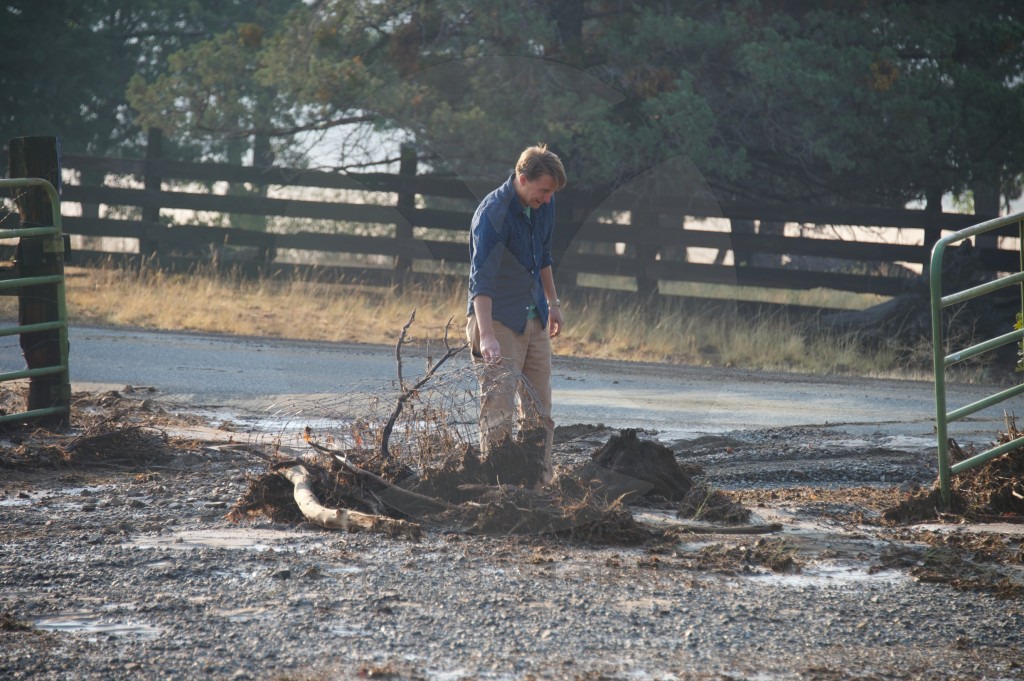

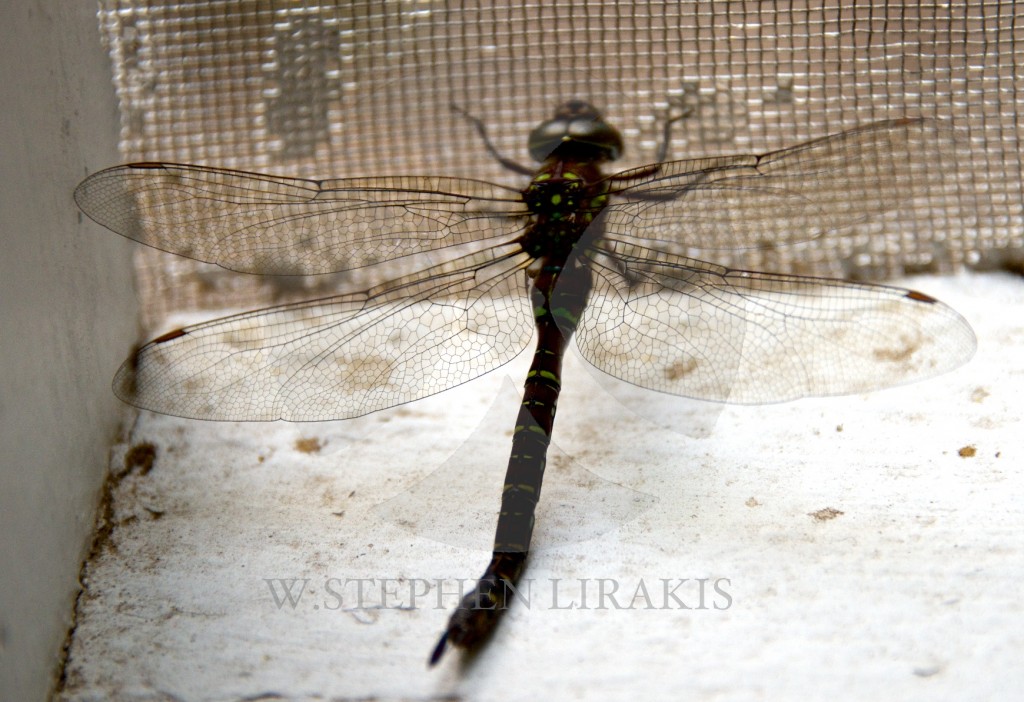
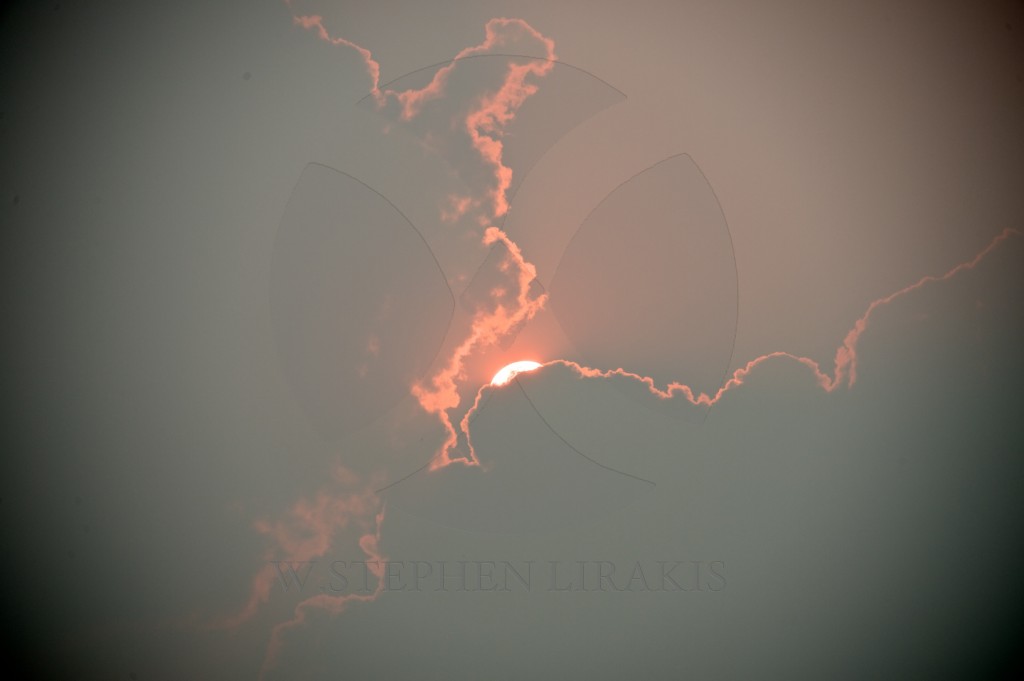
![[Image of probabilities of hurricane force winds]](http://www.nhc.noaa.gov/storm_graphics/AT01/refresh/AL0114_PROB64_F120_sm2+gif/114756.gif)
